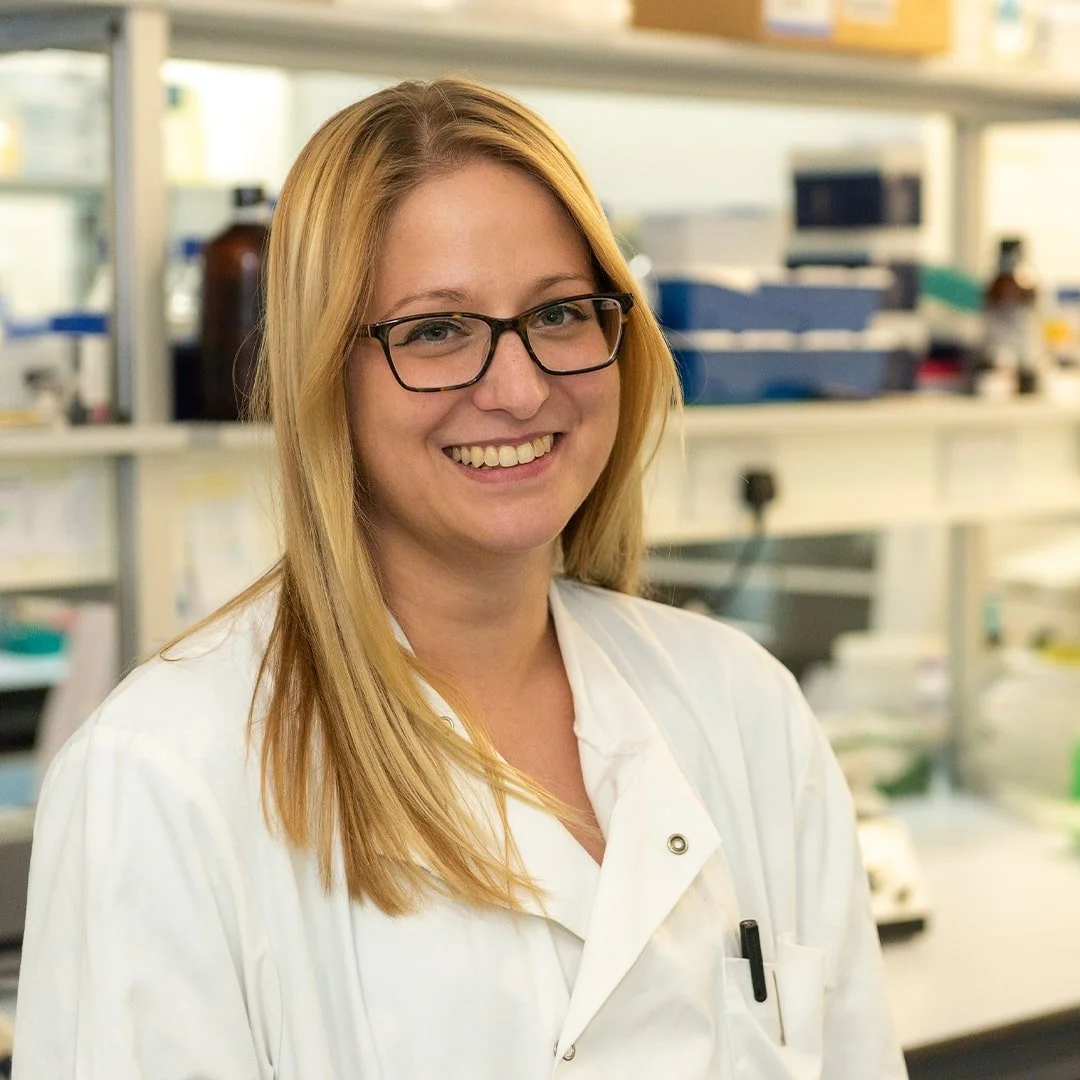Welcome to a LINXS webinar with ChemLife WG1 member Amanda Chaplin from the University of Leicester, UK!
When: Tuesday 25 June, 14:00 - 15:00 CET
Title: Redefining Non-Homologous End Joining DNA-repair using Cryo-electron Microscopy
Speaker: Amanda Chaplin, Lecturer in Structural Biology at the University of Leicester, UK
Abstract
Cellular DNA is exposed to multiple sources of damaging agents, including endogenous sources such as oxidation and exogenous sources such as radiation. DNA repair mechanisms are vital as DNA double-strand breaks (DSBs) can cause cell death and eventually cancer if left unrepaired. Non-homologous end joining (NHEJ) is one of the two mechanisms required for DSB repair. NHEJ is dependent on several canonical proteins, namely DNA-PKcs, Ku70/80, DNA Ligase IV, XRCC4 and XLF, in addition to several regulatory proteins. Traditionally, NHEJ was thought to consist of three simple linear steps. However, recent cryo-EM data has provided an unexpected glimpse of alternate complex protein arrangements, leading us to propose that the mechanism of NHEJ is more complicated that originally believed. We have identified two alternate long-range DNA-PK dimers, one mediated by Ku80 and the other by XLF. These dimers are essential for efficient DNA repair. We have also recently shown that the accessory protein, PAXX can stabilise specifically the Ku80 DNA-PK dimer and how this has overlapping roles with XLF. Furthermore, we have used cryo-EM to visualise small molecules such as IP6 binding and DNA-PKcs inhibitors, which will aid in future therapeutic development.
Bio
Amanda Chaplin completed her BSc (Hons) degree in Molecular Medicine and Biochemistry at the University of Essex. She then went on to complete her PhD in Essex, where she studied metalloenzymes in Streptomyces lividans. Amanda then carried out a short post-doc developing a novel method to study glycation in plants before shifting focus to DNA repair in humans when moving to the Biochemistry Department in Cambridge in 2018. Whilst in Prof Sir Tom Blundell’s laboratory at Cambridge Amanda developed cryo-EM methodology to study complexes involved in repairing DNA double-strand breaks in humans. Amanda then moved to the University of Leicester in 2021 to set up her own research group. She continues to work on understanding DNA repair mechanisms and maintains a keen interest in using structural biology and biochemistry techniques to understand a range of biological systems.
ContacT
Please contact shandana.mufti@linxs.lu.se for any practical questions.
Please note that we have a no-show fee of 200 SEK (for physical participation).
During our events we sometimes take photographs and short film clips to profile our activities. Please let us know if you don’t want to be in any photos/films before we start the event. Some webinars are recorded to be used for educational purposes in the LINXS website.
By registering to our events you give your permission to LINXS, according to the General Data Protection Regulation (GDPR), to register your name and e-mail address to be used for the sole purpose of distributing newsletters and communications on LINXS activities.





















